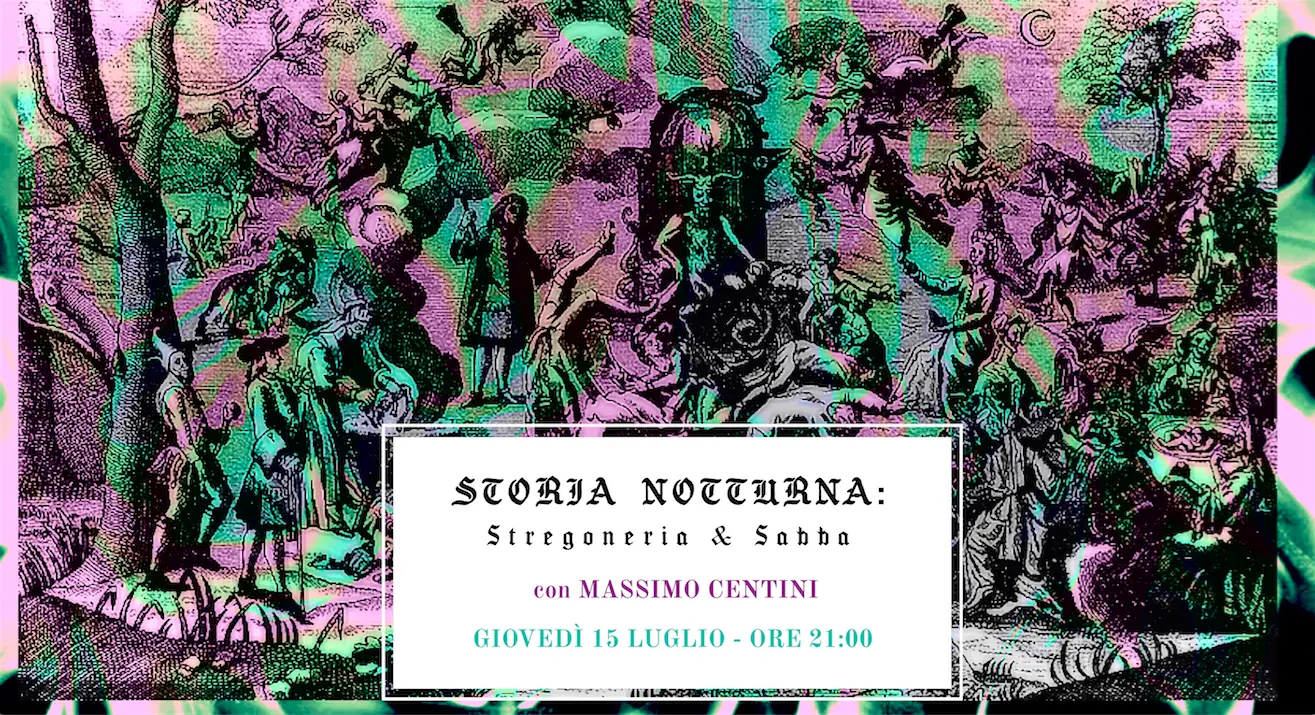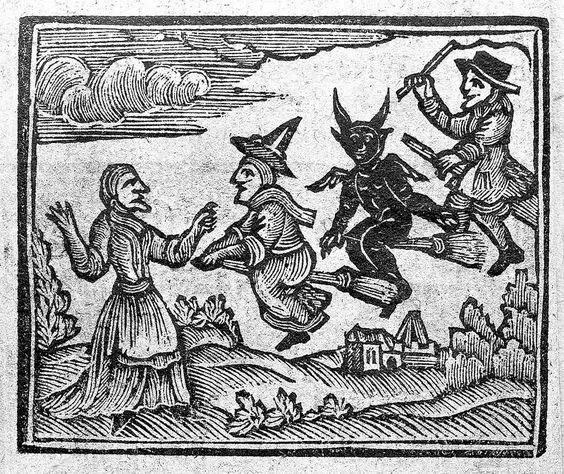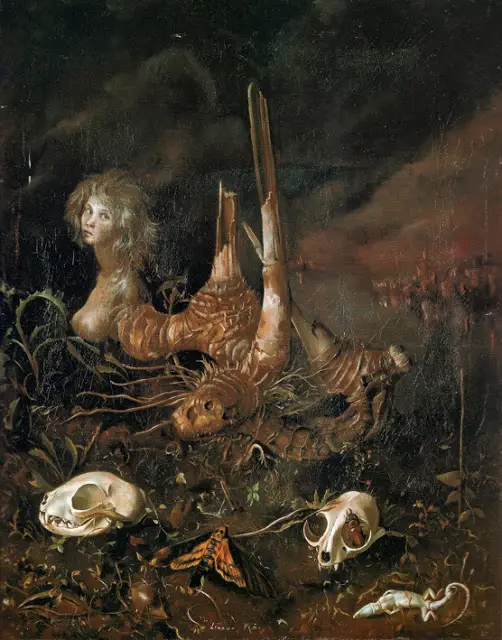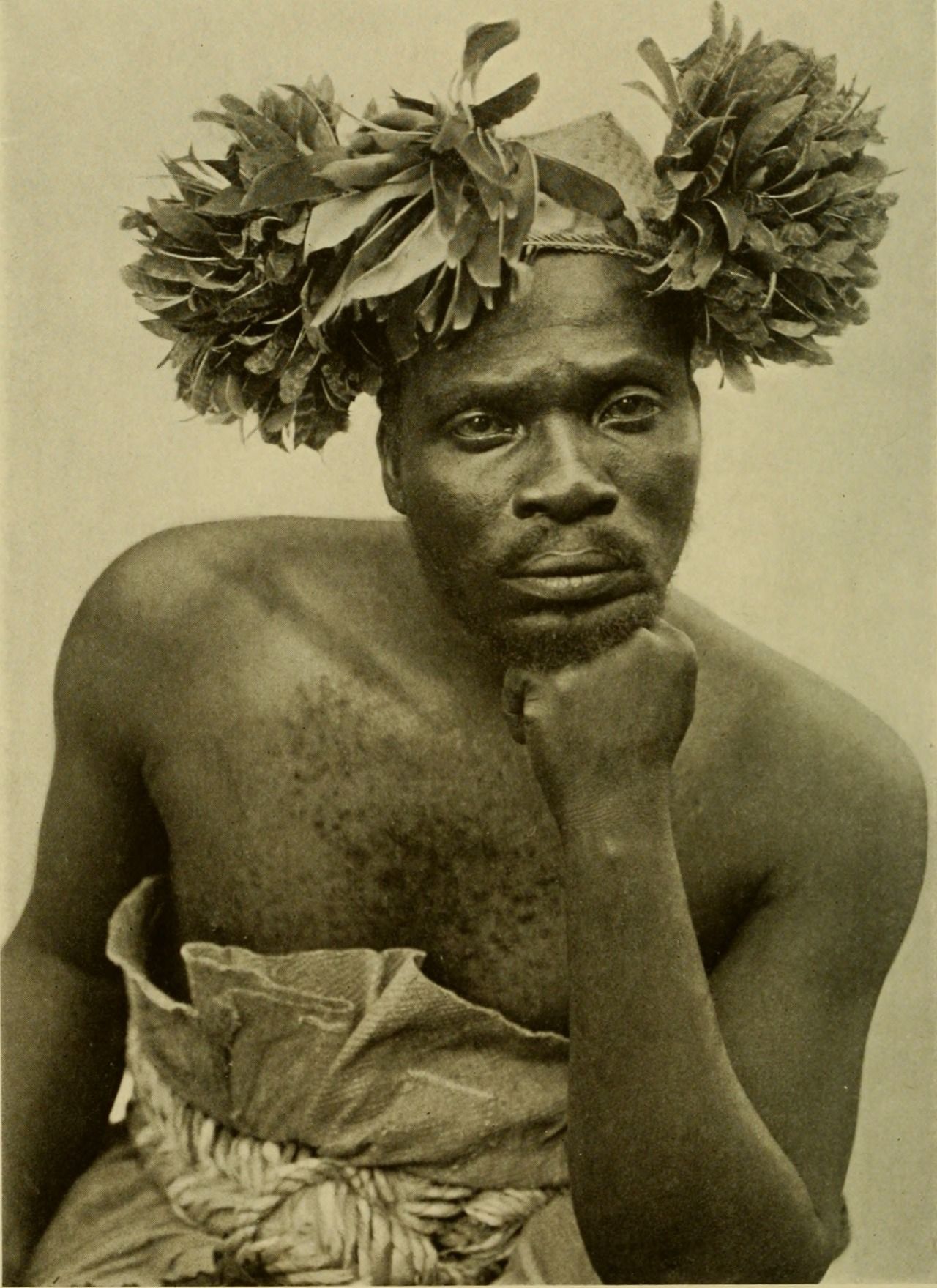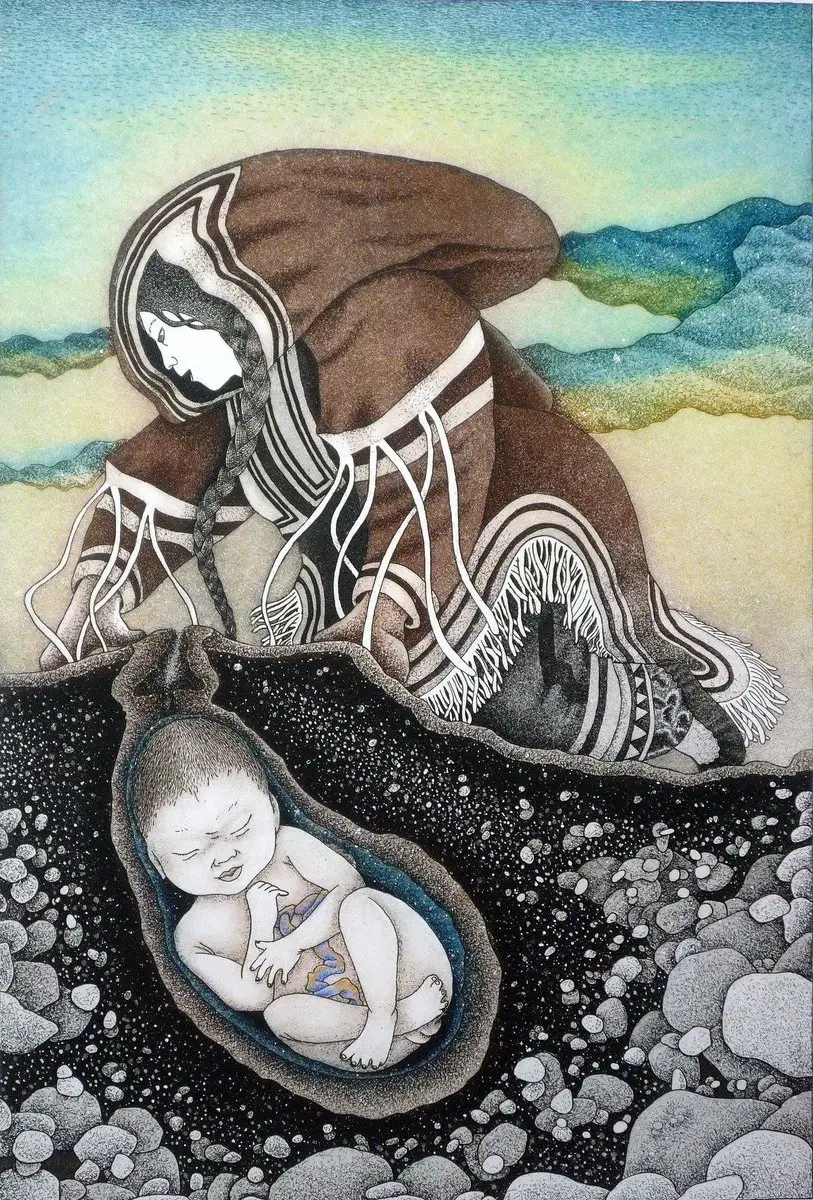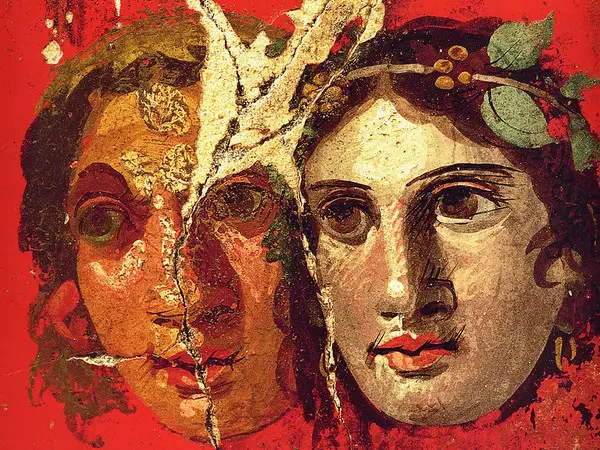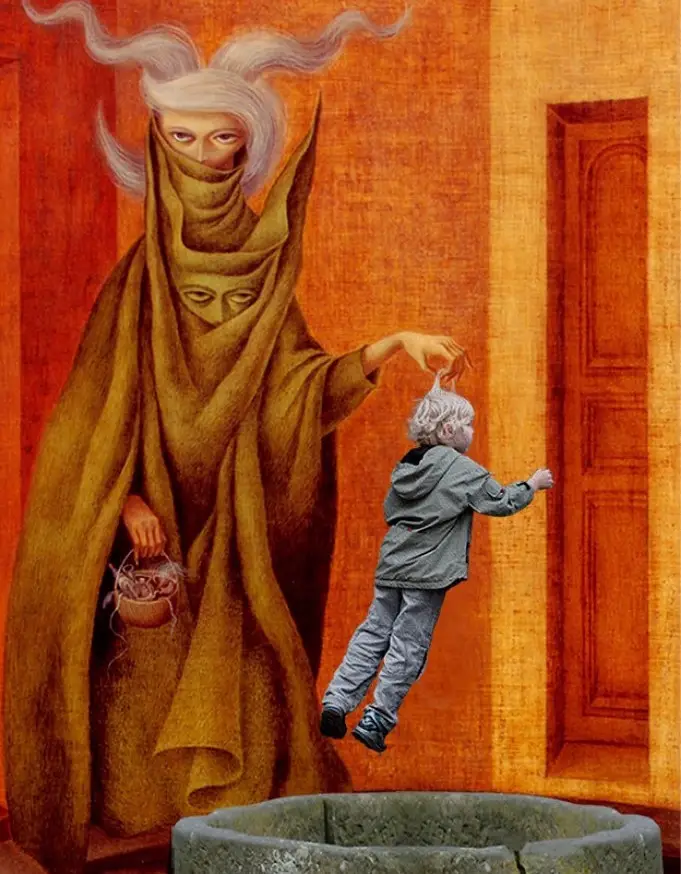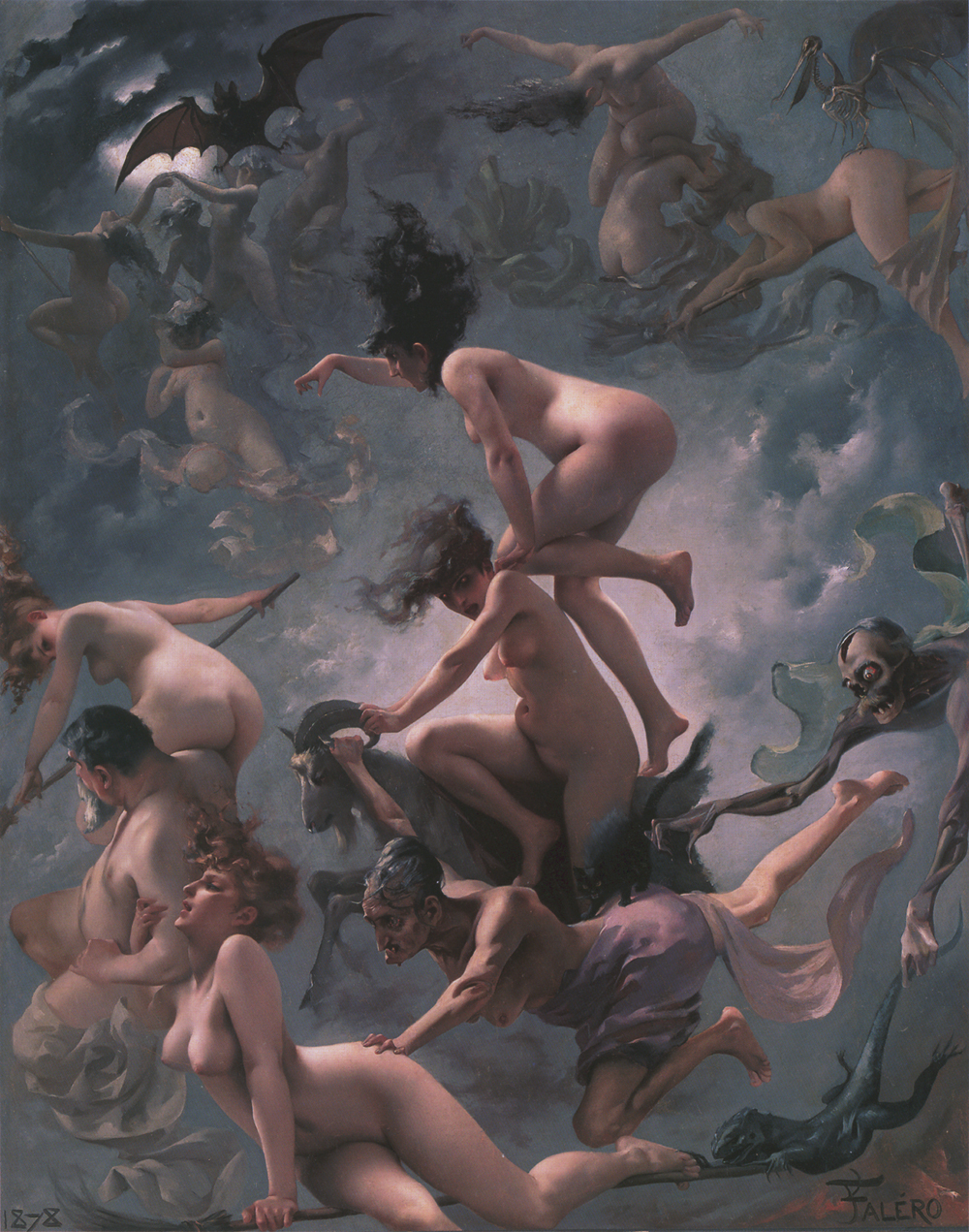Tag: Witchcraft
Pellegrina Vitello, the story of an alleged sixteenth-century witch from Messina
A paradigmatic case of pre-modern "micro-history": that of Pellegrina Vitello, the witch who escaped the stake of the Inquisition in Messina in the sixteenth century.
Apology of witches. Johann Wier's “De Lamiis”
In the middle of the XNUMXth century Johann Wier, doctor and demonologist, student of Cornelio Agrippa of Nettesheim, spoke out against the methods and doctrines of the Catholic Inquisition in defense of witches, through a thesis that combines scientific knowledge with occult ones in the wake of Agrippa and of Paracelsus.
Arthur Machen: Witchcraft & Holiness
On December 15, 1947, Arthur Machen, one of the most important authors of British fantastic literature, left our world. In memory of him, we give a rereading to one of his most philosophical extracts, the prologue of the story The White People, written in the 1904.
The witches of Alicudi: notes of Aeolian folklore
In the popular Aeolian tradition the name of Alicudi has always been associated with fantastic and mysterious stories: 'mahare'(witches) who fly to Palermo or even Africa, human beings who turn into animals, fishermen who know magic formulas to' cut 'the sea trumpets, fortune tellers, oracles and other enigmatic presences.
Fairies, witches and goddesses: "subtle nourishment" and "bone renewal"
An analysis of some beliefs concerning the "subtle nourishment" of witches and fairy beings will lead us to the discovery of a recurring mythology through the millennia, from the archaic times of the shamanic cultures of hunters to the era of inquisitorial processes: that of the so-called "renewal of the bones ".
Evans-Pritchard and the rationality of a "wild" people: the Azande
As the British anthropologist, studying the Central African tribe of the Azande (or Zande) in the field, he intuited the “rational” aspect of their “magical-witchcraft” cult system.
Reality, illusion, magic and witchcraft: the "uncanny" in ETA Hoffmann's "Nocturnes" (II)
After the analysis of "The Sandman", the treatment of the second part of our essay on ETA Hoffmann focuses on other "Nocturnes" in which the previously anticipated 'disturbing' themes are treated, and also other more specifically 'demonic-witches' themes.
Folklore, shamanism and “witchcraft” among the Inuit of the Arctic
Journey to discover the mythical tradition, folklore beliefs and animistic-shamanic practices of the native populations of the Arctic area.
The magic of the Mainarde: on the trail of the Janare and the Deer Man
A visit to Castelnuovo al Volturno, in Molise, allows us to give a face to the characters of local folklore, the Janare and "Gl'Cierv", and to resume some central mythical-traditional aspects of Cosmic-agrarian cults of ancient Eurasia.
René Guénon: "On the meaning of carnival festivals"
The unsurpassed analysis by the French esotericist on the traditional meaning of Carnival, of the "world upside down" and of masquerades
Yenaldooshi, the shape-shifting "Skinwalker" of Navajo folklore
skinwalker, “He who walks in the skin,” is an English word that loosely translates the Navajo term Yenaldooshi o Naglooshi, which literally means "with it, walk on all four". Both of these definitions refer to a particular type of "shapeshifter" in Navajo folklore, a sorcerer able to assume the forms of different animals by wearing their skin. The Skinwalkers they can transform into wolf, deer, crow, owl or even into fireballs darting in the sky, but the most recurrent metamorphosis associated with them is that of coyote. The result is a monstrous hybrid that roams the wastelands of the southwestern United States at night, bringing pain and torment to humans. The Skinwalkers they can move at great speed, so much so as to equal a speeding car, but their movements are never completely natural: the footprints they leave on the ground are uncoordinated, and there are those who say they have seen them run backwards, with limbs twisted into impossible positions.
The kidnappings of the Fairies: the "changeling" and the "renewal of the lineage"
Our "Magonia" cycle continues with an analysis of the tales of kidnappings of human beings by the "fairy people", with particular attention to the phenomenon known as "changeling", the kidnappings of babies and nurses, the hypothesis of "Renewal of the feeric lineage" and, finally, a confrontation with the so-called "alien abductions".
Metamorphosis and ritual battles in the myth and folklore of the Eurasian populations
di Marco Maculotti
The zoomorphic metamorphosis topos is widely present in the folkloric corpus of a large number of ancient traditions, both from archaic Europe (on which we will focus mainly in this study), and from other geographical areas. As early as the fifth century BC, in Greece, Herodotus mentioned men capable of periodically transforming themselves into wolves. Similar traditions have been documented in Africa, Asia and the American continent, with reference to the temporary metamorphosis of human beings in fairs: bears, leopards, hyenas, tigers, jaguars. Sometimes, in some historically documented cases of the ancient world (Luperci, Cinocefali, Berserker) "The paranormal experience of transformation into an animal takes on collective characteristics and is at the origin of initiatory groups and secret societies" (Di Nola, p.12).
The Friulian benandanti and the ancient European fertility cults
di Marco Maculotti
cover: Luis Ricardo Falero, “Witches going to their Sabbath", 1878).
Carlo Ginzburg (born 1939), a renowned scholar of religious folklore and medieval popular beliefs, published in 1966 as his first work The Benandanti, a research on the Friulian peasant society of the sixteenth century. The author, thanks to a remarkable work on a conspicuous documentary material relating to the trials of the courts of the Inquisition, reconstructed the complex system of beliefs widespread up to a relatively recent era in the peasant world of northern Italy and other countries, of Germanic area, Central Europe.
According to Ginzburg, the beliefs concerning the company of the benandanti and their ritual battles against witches and sorcerers on the Thursday nights of the four tempora (Her hand, imbol, Beltain, Lughnasad), were to be interpreted as a natural evolution, which took place far from the city centers and from the influence of the various Christian Churches, of an ancient agrarian cult with shamanic characteristics, widespread throughout Europe since the Archaic age, before the spread of the Jewish religion - Christian. Ginzburg's analysis of the interpretation proposed at the time by the inquisitors is also of considerable interest, who, often displaced by what they heard during interrogation by the benandanti defendants, mostly limited themselves to equating the complex experience of the latter with the nefarious practices of witchcraft. Although with the passing of the centuries the tales of the benandanti became more and more similar to those concerning the witchcraft sabbath, the author noted that this concordance was not absolute:
"If, in fact, the witches and sorcerers who meet on Thursday night to give themselves to" jumps "," fun "," weddings "and banquets, immediately evoke the image of the sabb - that sabb that the demonologists had meticulously described and codified, and the inquisitors persecuted at least since the mid-400th century - nonetheless exist, among the gatherings described by benandanti and the traditional, vulgate image of the diabolical sabbath, evident differences. In these cEverywhere, apparently, homage is not paid to the devil (in whose presence, indeed, there is no mention of it), faith is not abjured, the cross is not trampled, there is no reproach of the sacraments. At the center of them is a dark ritual: witches and sorcerers armed with sorghum reeds who juggle and fight with benandanti provided with fennel branches. Who are these benandanti? On the one hand, they claim to oppose witches and sorcerers, to hinder their evil designs, to heal the victims of their hexes; on the other hand, not unlike their presumed adversaries, they claim to go to mysterious nocturnal gatherings, of which they cannot speak under pain of being beaten, riding hares, cats and other animals. "
—Carlo Ginzburg, "I benandanti. Witchcraft and agrarian cults between the sixteenth and seventeenth centuries», Pp. 7-8

